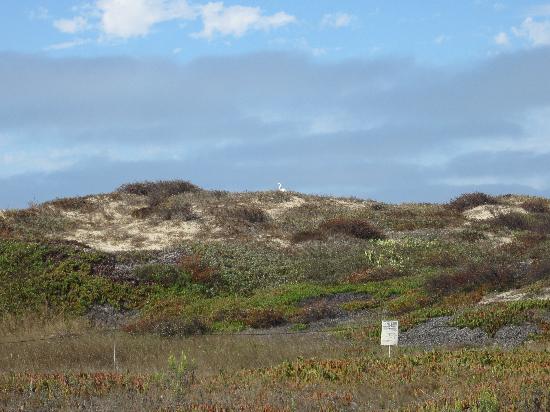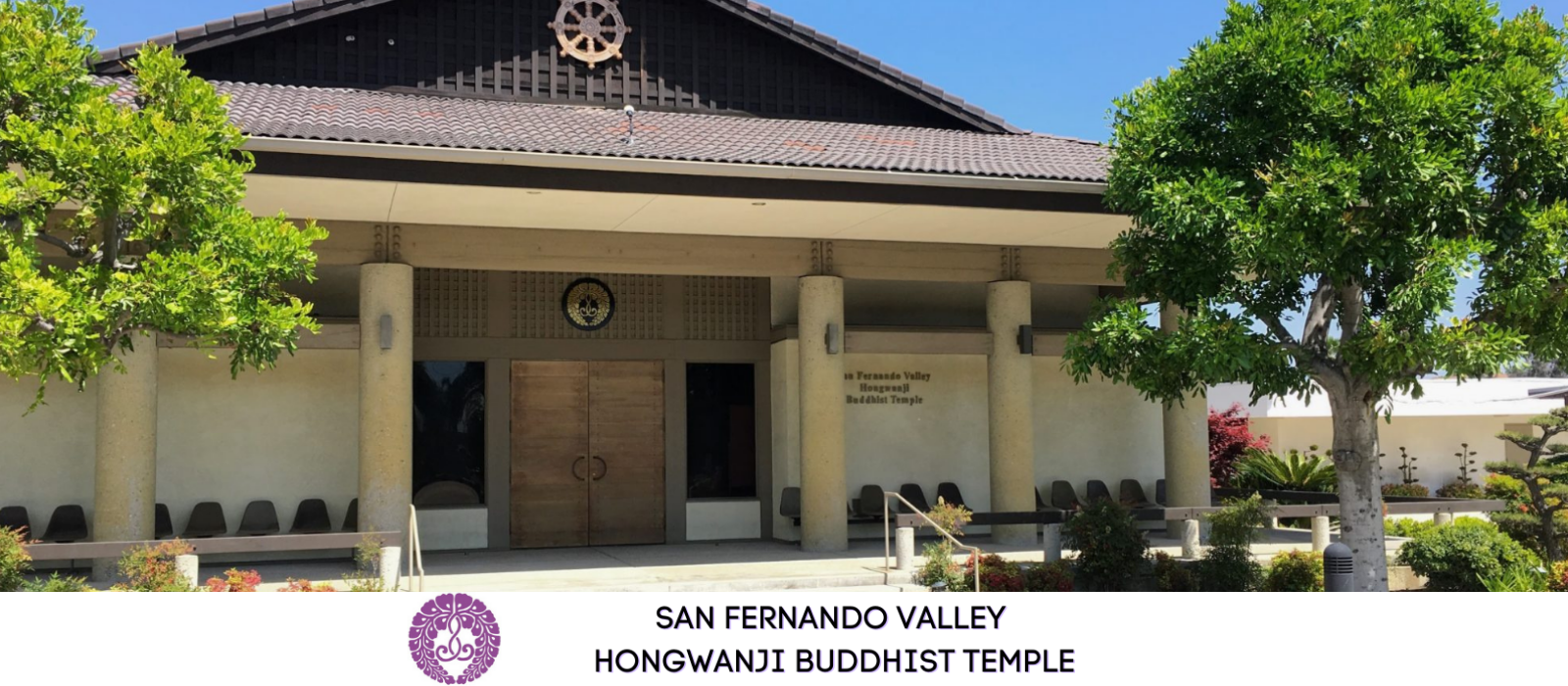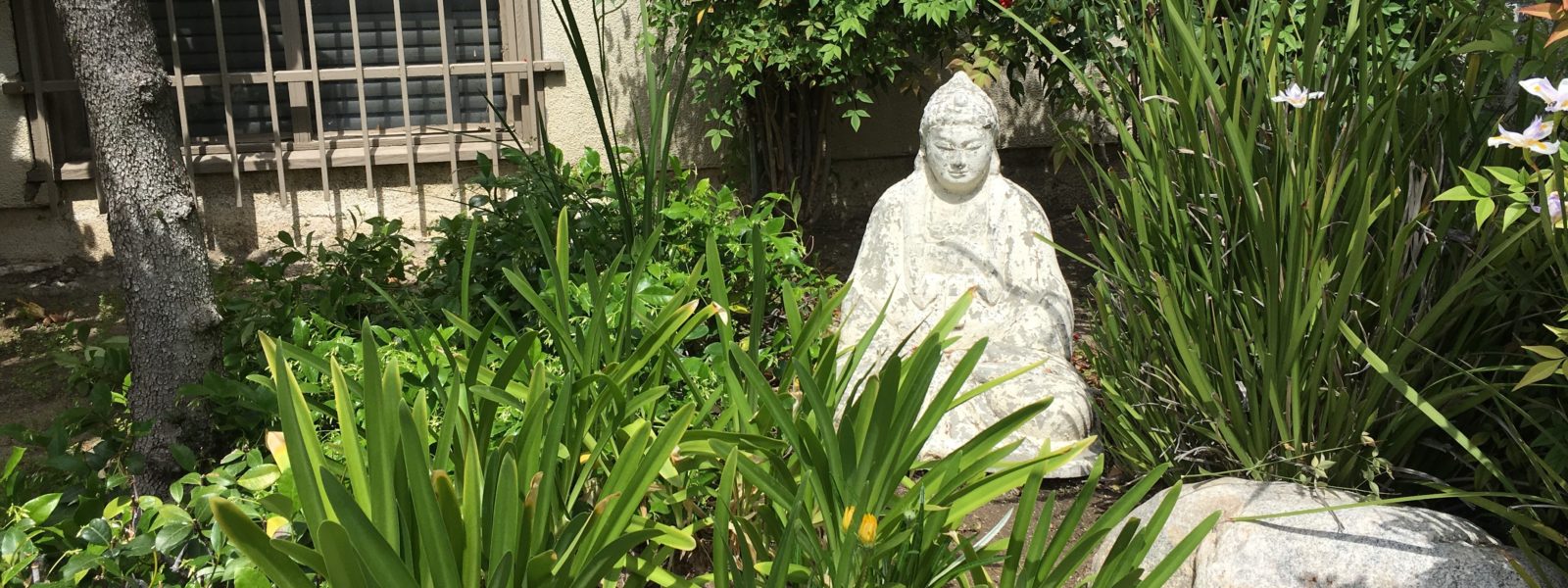The Path is Easy But You Have to Enter It

Until a few years ago, McGrath State Beach had become a favourite location for our annual Dharma School summer campout. Then the park had to close due to intermittent flooding, though it has recently re-opened. The grassy and wooded campground itself is separated from the beach by a path. For the first-timer aiming to get to the expansive, sandy shores, engaging the path might give pause. Though the sea air and the sound of rolling waves beckons, all that can be seen from the beginning of the path is scrub brush, some rocks and bits of driftwood, but no beach.
We could hesitate and stand all day beside a sign that points the way to our destination, but we would still not be any closer. Encouraged by others who have gone there, though, we might set out and discover, to our delight, that the path is not that long and it’s very easy to negotiate. Once we know from personal experience, we simply enjoy it and don’t even think about it anymore. We can go and relax in the sunshine and lie on the warm sand or frolic in the water.
In a similar way, our Jodo Shinshu path is also known as “The Easy Path,” as opposed to some Buddhist paths that involve difficult practices often requiring people to disengage from everyday life. However, just because it’s an easy path, it doesn’t mean that you can just stand at the entrance and expect something wonderful to happen.
In the current September issue of Lion’s Roar magazine, renowned professor of Buddhism at Columbia University, Dr. Robert Thurman, who was the first American ordained in the Tibetan tradition by the Dalai Lama, stressed that “meditation will not solve the problem if you don’t learn something.” He went on to say that people have been led to believe that “it will all be solved” by just meditating—an approach he eschews. Likewise, in our tradition, we don’t say the Nembutsu, “Namo Amida Butsu,” as though it’s some magical incantation to open a secret door or resolve our issues. These days, just as in the past, people are hungry for ways to address life’s challenges both in their personal lives and in this chaotic world.
If the aspiration arises in a person to seek a lasting sense of peace, then he or she will enter that path with a sincere and searching mind that yearns to awaken from the delusion that causes dissatisfaction and inner struggle. The means to do it—the path—is always there, guiding us. Aware of our teachers, our fellow travellers, and our own experience, we begin to trust more and more deeply that this is the right path. As we move forward, we may eventually emerge from the darkness of our ignorance and in the same moment experience an awakening of well-being. But first we have to set about to hearing the teaching in the first place, being mindful of it as we advance along the path. Only then does a sense of joyful gratitude arise in our hearts as we are brought to realize that the means to spiritual liberation has been present all along. Namo Amida Butsu is an expression of thanks and even relief for the wisdom and compassion of life that always accompanies us on our path. It’s the feeling we might experience emerging from the fearsome unknown onto a brilliant and pleasant beach.
When Japanese immigrants first came to the West, they brought a culture that was steeped in the Nembutsu teaching in every facet of their lives. They didn’t have to learn about interdependence, the shortcomings of self-cherishing, or the immeasurable compassion that would sustain them come what may. Knowing from experience that nothing could be accomplished through one’s own power alone, they didn’t have to be told about humility and gratitude. Through the generations here, we have unlearned much of what made our forebears resilient.
Regardless of ancestral background, we all need to learn to be mindful and reflective first. Nembutsu means “mindful of the Buddha,” meaning Amida, or Immeasurable Wisdom and Compassion. We must take the initial step to hear the teachings, and then apply them to our everyday lives to know that they are reliable and true. We are fortunate to have so many temples in the Los Angeles area. If you cannot “hear” the teachings at one temple, then go to another. But take the first step, and then the next, and the next. The calling voice from deep within is beckoning.
Namo Amida Butsu.
Gassho,
Rev. Patricia Usuki

